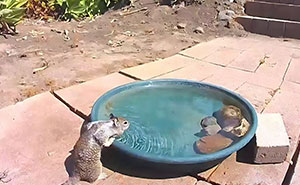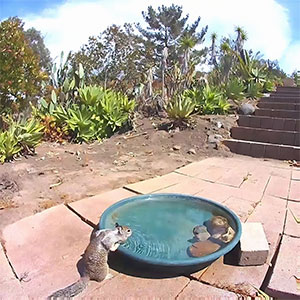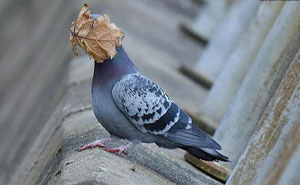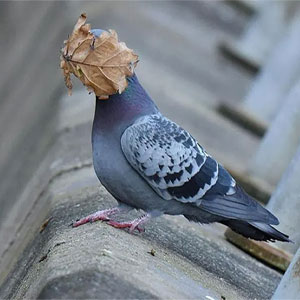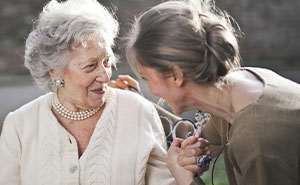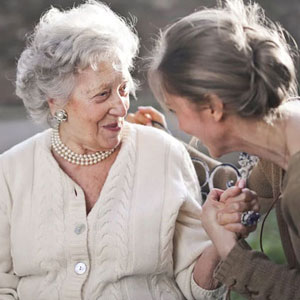When asked how much of a cat’s affectionate behavior is influenced by its breed versus its individual personality and upbringing, Dymarczyk explained to us: “A cat’s behavior, often perceived as affectionate by humans, results from a blend of genetic factors (breed), individual personality traits, and the conditions in which it was raised. While a cat’s breed can influence its general behavioral tendencies, its affection is also shaped by its character and life experiences, including how it was raised and treated by people, the timing of its separation from its mother, and whether it had contact with siblings.” It’s important to respect your cat’s space and let them decide when they want to be petted. Observing your cat’s signals and body language will help you know when they are ready for contact. Additionally, using rewards and positive reinforcement by giving treats for calm and affectionate behavior can encourage your cat to be closer to you naturally. Remember, cats show affection differently than humans; just being in the same room can mean “I love you” in cat language. Each animal is unique, and understanding your cat’s individual needs is key to their happiness and health.” Follow Bored Panda on Google News! Follow us on Flipboard.com/@boredpanda! Please use high-res photos without watermarks Ooops! Your image is too large, maximum file size is 8 MB.












































